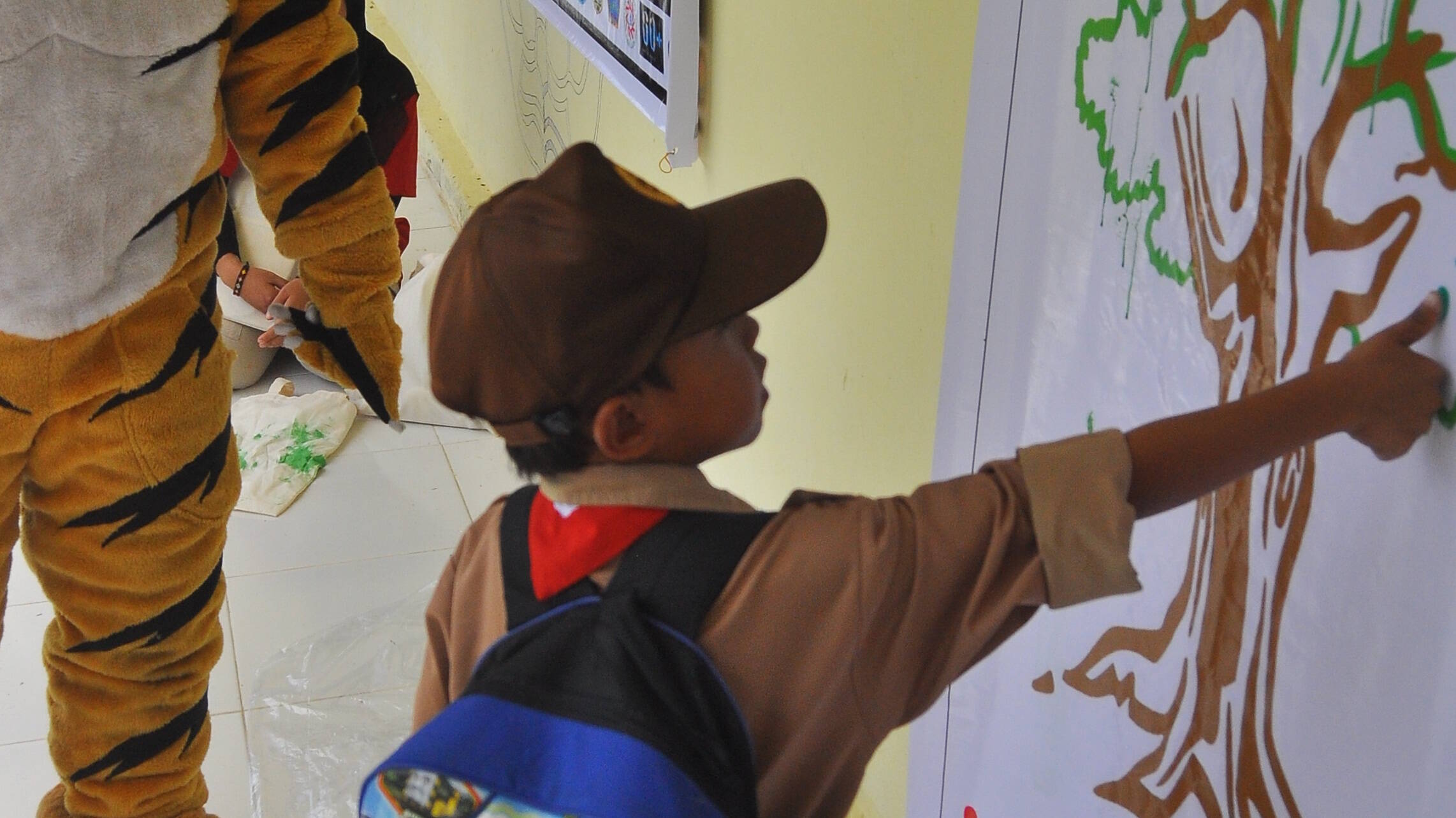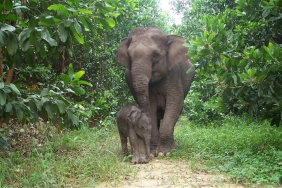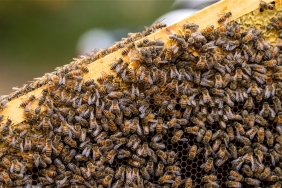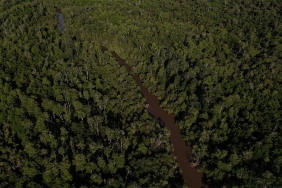SMPN 25 ONE ATAP KAUR GETS TO KNOW THE SUMATRAN TIGER MORE CLOSELY
The Sumatran tiger (Panthera tigris sumatrae)is one of the ecosystem balancing animals that is critically endangered according to the 2015 IUCN Red List of Threatened Species. In the ecosystem, the Sumatran tiger is an umbrella species. An umbrella species is a species that has a very large home range so that if the habitat that becomes its home range is well preserved, the animals and other creatures in it can be well preserved as well. In this case, the tiger also acts as a top predator in the food chain that controls the presence of prey animals below it. The absence of tigers will affect the balance of nature. Prey animals below it can overpopulate, resulting in an imbalance in the number of predators and prey animals.
This charismatic animal's population continues to decline from year to year. One of the reasons is the high rate of poaching and wildlife trade both domestically and internationally. In Bengkulu, the Sumatran tiger's living space has been converted to palm oil, coffee and rubber plantations, resulting in a reduction in the animal's home range. This reduction in wildlife living space has the potential to cause conflicts with residents. The lack of public knowledge about the importance of the existence of this native Sumatran animal makes it a victim as well as a common enemy of the surrounding community living in the forest area. For example, the tiger and human conflict that occurred last December in South Sumatra, which was spread in regional and national news, portrayed the tiger as the mastermind of the conflict. In fact, when examined further, the tiger's anger is the result of a lack of food sources and space for them to live in which has now been turned into plantation land.
Based on the book Spatio-temporal Patterns of Human Tigers Conflicts in Sumatra 2001 - 2016, there were 1065 cases of tiger and human conflicts in all parts of Sumatra. The highest number of conflicts was tigers preying on people's livestock with 376 cases. Second was tigers entering human settlements, with 375 cases. Cases of humans being directly attacked and causing injuries by tigers ranked third with 184 cases. Meanwhile, cases of tigers being snared, poisoned, shot and other hunting activities ranked fourth, with 130 cases.
In order to increase public awareness, especially the younger generation, of the importance of preserving the forest habitat of the Sumatran Tiger, on January 30, 2020 WWF-Indonesia South Sumatra Program invited SMP Negeri 25 Satu Atap Kaur to understand the importance of the existence of the Sumatran Tiger through the activity "Kenal Lebih Dekat Harimau Sumatera".
SMP Negeri 25 Satu Atap Kaur is one of the schools located in one of the villages assisted by WWF-Indonesia related to Sumatran Tiger conservation in Bengkulu, namely Tri Jaya village. Tri Jaya Village is located in Nasal District, Kaur Regency, Bengkulu. This village is one of the buffer zone villages of Bukit Barisan Selatan National Park. Its existence as a buffer village is important to see, where human-wildlife conflicts are common, and the sustainability of wildlife habitat is greatly affected by these villages.
Began with remarks from the Head of Tri Jaya Village, Wahyudi, who expressed his hope that with this activity the younger generation of Tri Jaya could receive more knowledge about one of the ecosystem guardian umbrella species that is very close to their lives, namely the Sumatran Tiger which they are more familiar with as "Mbah Kumis". The event was then opened by Pinasia Jelita, as the school's representative teacher who had the same hopes as the Tri Jaya Village Head.
This activity was attended by 40 students consisting of all 7th, 8th, and 9th grade students. Great enthusiasm was shown by the students when participating in various series of events. Starting with games, followed by watching a video about tigers, as well as a presentation on human and Sumatran tiger conflict mitigation. All students were very excited and listened carefully as the video was played and Fembry Ariyanto, Wildlife Conservation Specialist, explained more about the Sumatran Tiger and why we need to protect its habitat.
Elisa, a student of SMP 25 Satu Atap Kaur shared her impression after watching one of the Sumatran Tiger campaign videos, "I feel sad and sorry for the Sumatran Tiger. We must protect them, so that their numbers can increase." In line with Elisa, Nurli, a student currently in grade 9 also responded to the video. In front of her friends she said, "The forest needs to be protected, sis. Don't let the Sumatran tiger become extinct. Don't be like the Bali and Java tigers."
In addition to watching, students were also invited to voice their opinions about the Sumatran Tiger through a creative poster. The 40 students were divided into 8 small groups. Everyone mingled and worked together to make their best poster. Scratching the white papers with calls, appeals, and interesting illustrations related to forests and tigers.
At the end of the activity, each group presented the content of their poster and the message they wanted to convey. One group of students depicted a tiger resting in its habitat, the jungle, coupled with the words "Protect Me, O Man!". An expression of their concern for the survival of this animal in a creative work.
Gaining space to live is a right for all creatures. Human coexistence with nature is necessary for survival. So, it is necessary for all parties to work together to preserve the forest and the existence of animals. Cooperation and awareness of the responsibility to share space and protect nature is not just the responsibility of a few parties, but all parties, including the younger generation. This awareness and understanding needs to be built early on and started with small steps that have a real impact. One of them is by using social media to spread messages that raise public awareness not to buy goods made from tiger parts so that tiger poaching does not continue. In addition, reducing the use of paper and tissue can also be a small step to keep the Sumatran Tiger habitat from being damaged, and of course by supporting the efforts of organizations such as WWF to preserve the Sumatran Tiger by becoming part of Sahabat Harimau. Let's make sure the forest is sustainable and our lives are preserved. Because saving them means saving us.





